World Migratory Bird Day Memo: Save an East Atlantic Haven for Migratory Birds
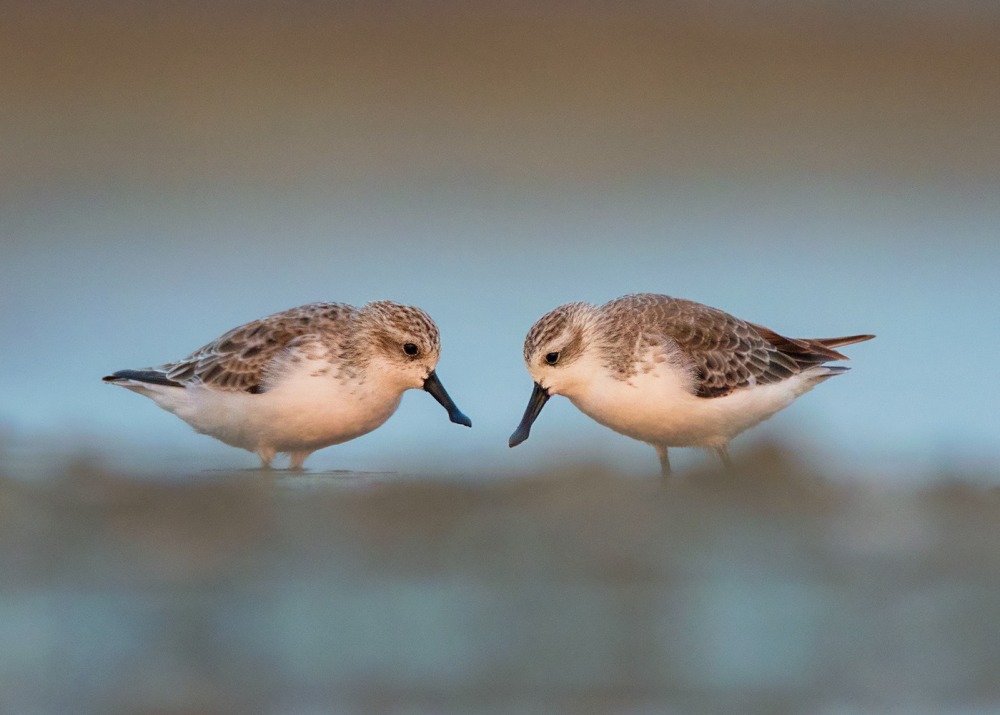
Illegal fishing is disrupting the natural balance of the Bijagós Islands, where millions of migrating birds stop to rest and feed along the East Atlantic Flyway.
The Bijagós Islands of Guinea-Bissau are a treasure of biodiversity. Wading birds feast among mangroves, seagrass, and mudflats, seeking crustaceans and small fish. Five of the world’s seven species of sea turtles build their nests here. Nutrient-rich waters nurture hammerhead sharks, endangered Atlantic Humpback Dolphins, and one of the richest fisheries in West Africa.
Abundance attracts exploitation. Illegal fishing camps pepper the archipelago, threatening overharvest and the decline of the entire ecosystem.
With local partner, Partenariat Régional pour la Conservation de la zone côtière et Marine en Afrique de l’Ouest (PRCM), Rainforest Trust will support the creation of two new Marine Protected Areas, covering 337,542 acres. Long-term conservation will prioritize the local community that relies on the ecosystem for sustenance, livelihood, and culture.
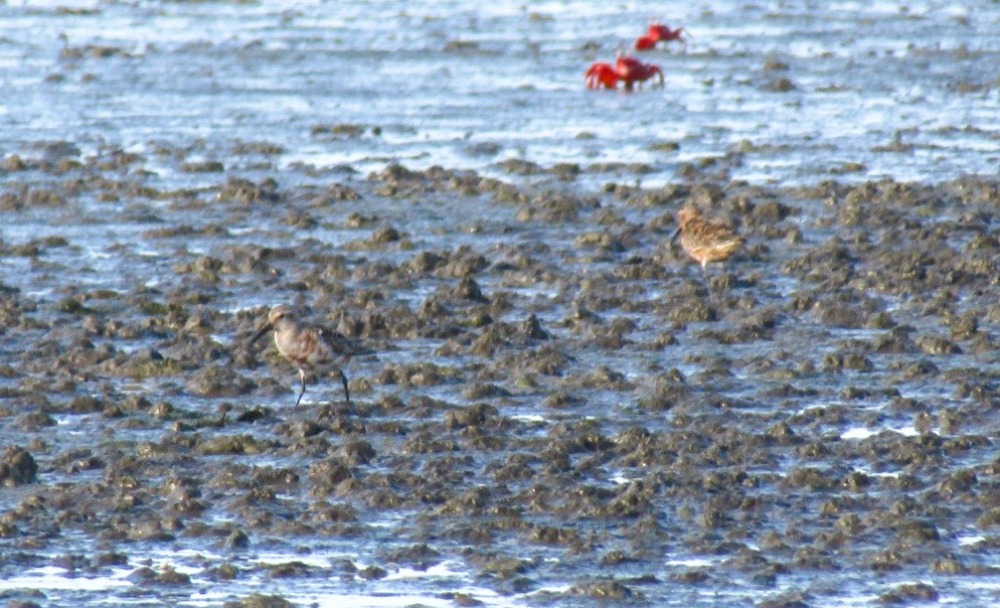
Grey Plover or Curlew Sandpiper on beach: After fledging their young in the Arctic, these birds fly thousands of miles to warmer climates.
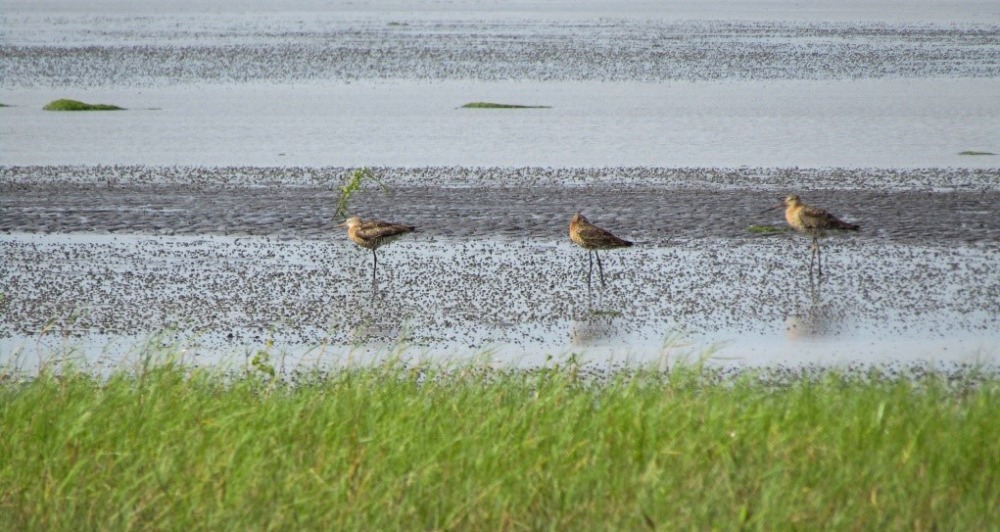
Black-tailed Godwit: Boasts a long, pointed bill that’s so sensitive it can feel crustaceans moving through mud.
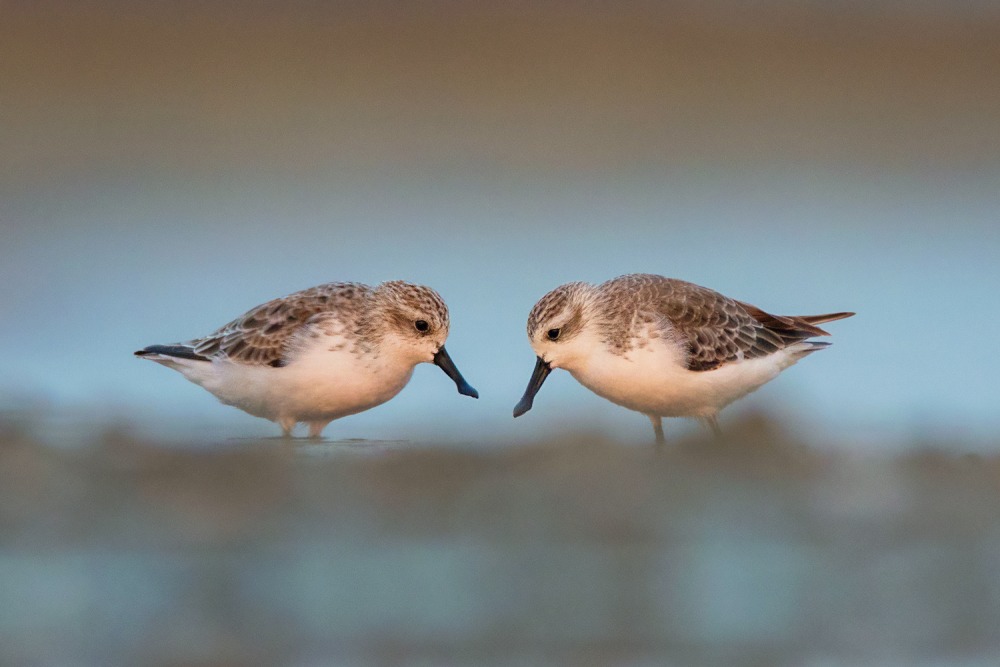
Spoon-billed Sandpiper: These waders spend the warmer months breeding near the Bering Sea before migrating to Southeast Asia for the winter.
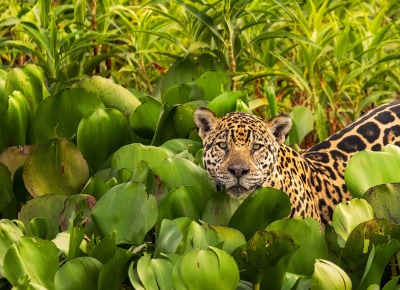
Expert interviews and additional high-resolution images are available upon request.
Contact: dara@benitezstrategies.com
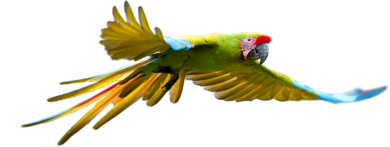
Sign up to receive the latest updates
"*" indicates required fields

